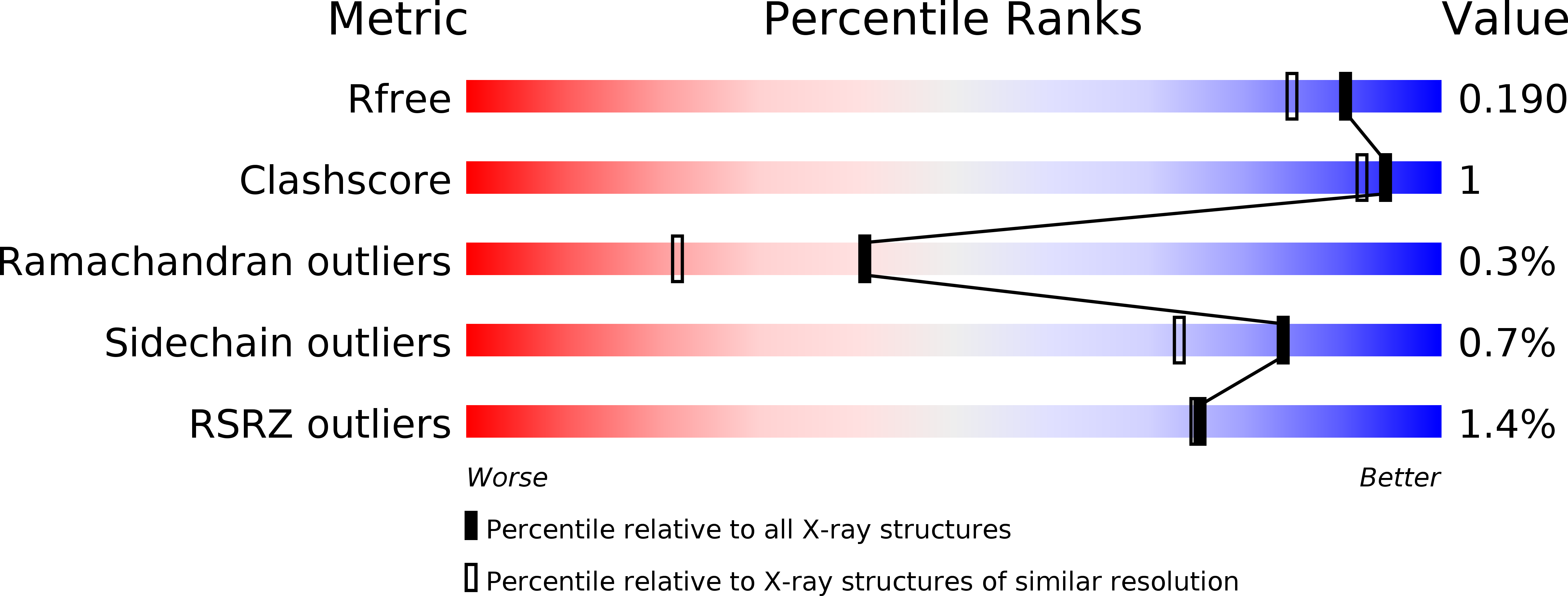
Deposition Date
2007-07-14
Release Date
2008-02-12
Last Version Date
2023-08-30
Entry Detail
PDB ID:
2QM6
Keywords:
Title:
Crystal Structure of Helicobacter Pylori Gamma-Glutamyltranspeptidase in Complex with Glutamate
Biological Source:
Source Organism:
Helicobacter pylori (Taxon ID: 210)
Host Organism:
Method Details:
Experimental Method:
Resolution:
1.60 Å
R-Value Free:
0.19
R-Value Work:
0.16
R-Value Observed:
0.16
Space Group:
P 1 21 1


